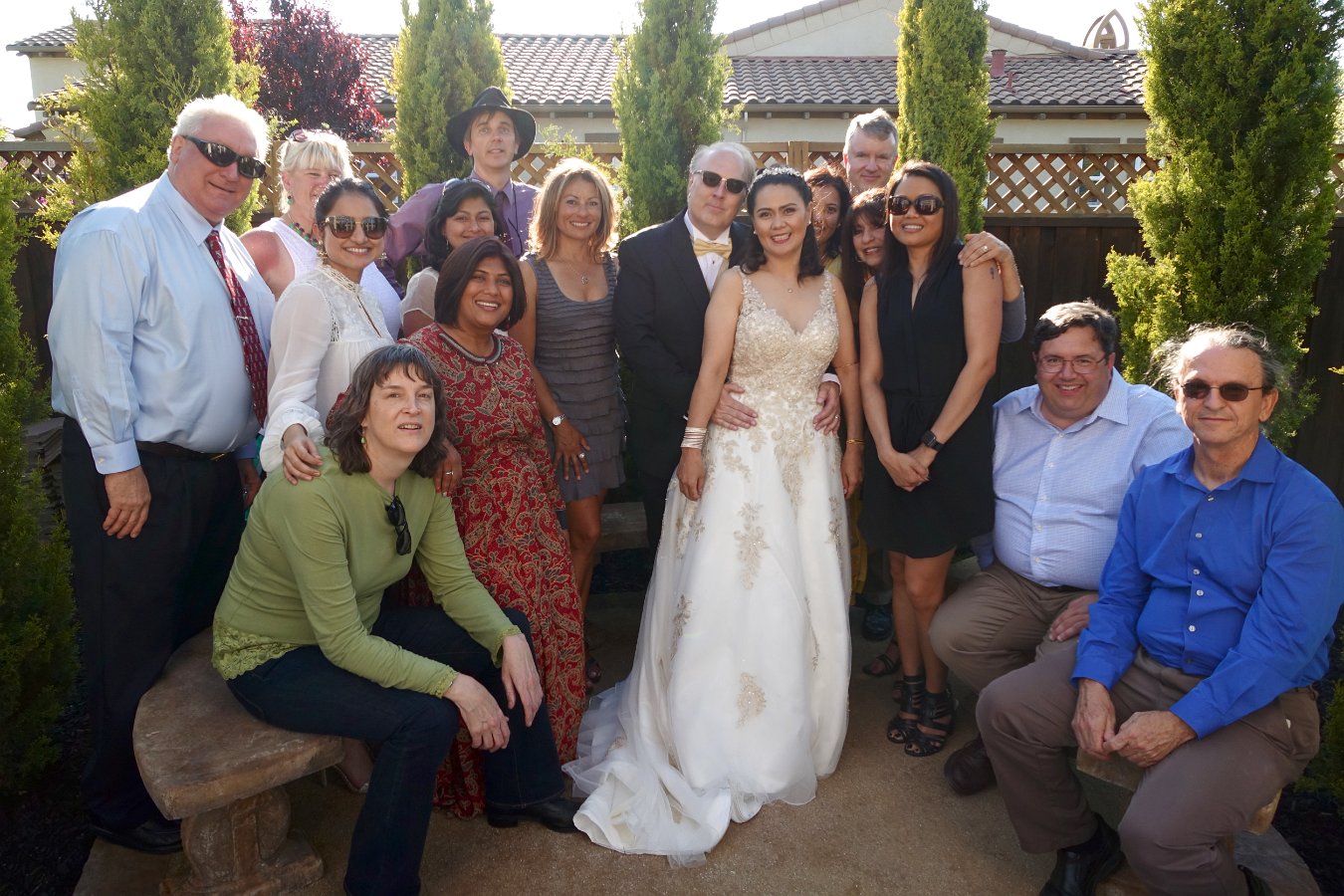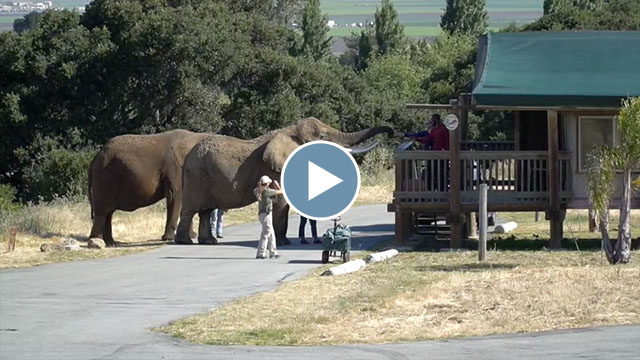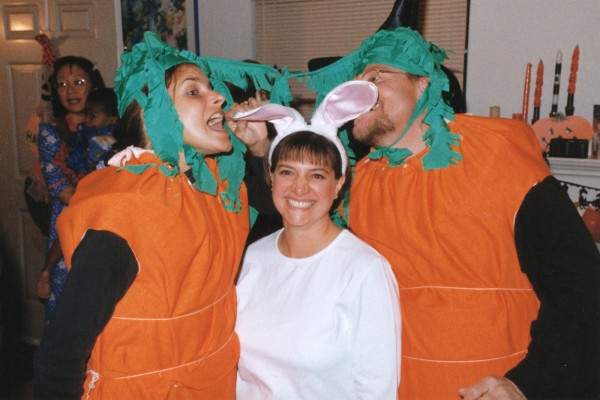Click through for my photo gallery from Keith and Matha’s wedding (May 15th, 2016):

Two weeks ago, Darlene and I enjoyed a weekend stay at the Vision Quest Ranch in Salinas, CA. It’s a facility that keeps and cares for a host of 100+ various exotic and domestic animals. Their prime business used to be training and providing animals for use in the film and television industry, but with the increasing use of computer-generated, all-digital animals, they’ve turned more to adopting at-risk or retired animals, doing more educational programs and training programs and transforming the facility into a fully, open-to-the-public zoo, “The Monterey Zoo”. This effort is still in progress and so they’re now only open for short, daily, guided tours while they build out larger, more engaging enclosures for their animals. However, they also run a bed and breakfast service based on several cabin-like tents situated on the property and provide a number of up close encounters with various animals, particularly a couple of retired circus elephants who greet you at your cabin as your breakfast is served.
You can read more about the history of the facility, stories about their numerous animals and information about their various educational efforts on their web site.

Click through for the full gallery of pictures:
For Darlene’s birthday this year, we went to Old Town Sacramento for the weekend and stayed on the steamboat-turned-hotel “Delta King”. We spent a good part of Saturday checking out the fantastic California Railroad Museum which makes up almost all of the pictures in my gallery:
No pictures, but we also spent time wandering around Old Town and checking out the shops. That afternoon we participated in another “escape room” and successfully solved “The Study” at Escape Sacramento and then, after dinner, went to a fun play put on by the B Street Theater in town. (Take note: skip the Suspects Mystery Dinner Theater option on the Delta King – it gets terrible reviews on Yelp and TravelAdvisor.) Sunday was filled with a long bike ride out and back along part of the 30+ mile bike trails along the American River.
While down in the Los Angeles area, I spent the morning checking out our family’s two old neighborhoods in Altadena, up against the San Gabriel Mountains. We lived in this area in the late 1970’s.
While down in the area, I stopped by my 1988 alma mater, UC Irvine, to take a look around. There were enough new buildings to make it pretty confusing to find my way around but I eventually found the old Computer Science and Engineering buildings in the inner circle. It was a late Sunday evening so most everything was locked up, but I took a few pictures of the most familiar areas. This would only be of interest to those who attended UCI back in the 80’s, but click through for the gallery:
I’m posting here to share a collection of images of Gina that I’ve gathered together in this photo stream:

I’ll add to it if I find more pictures. Here’s information on her memorial life celebration, this Sunday, March 20th.
Death Valley is in the midst of a rare “super bloom” of wildflowers right now. Darlene and I were able to drive down there for a brief overnight visit, camping along one of the backcountry roads.
Click through above to view my gallery of pictures. For more info on the current status, see the week-by-week wildflower update for this year’s bloom.